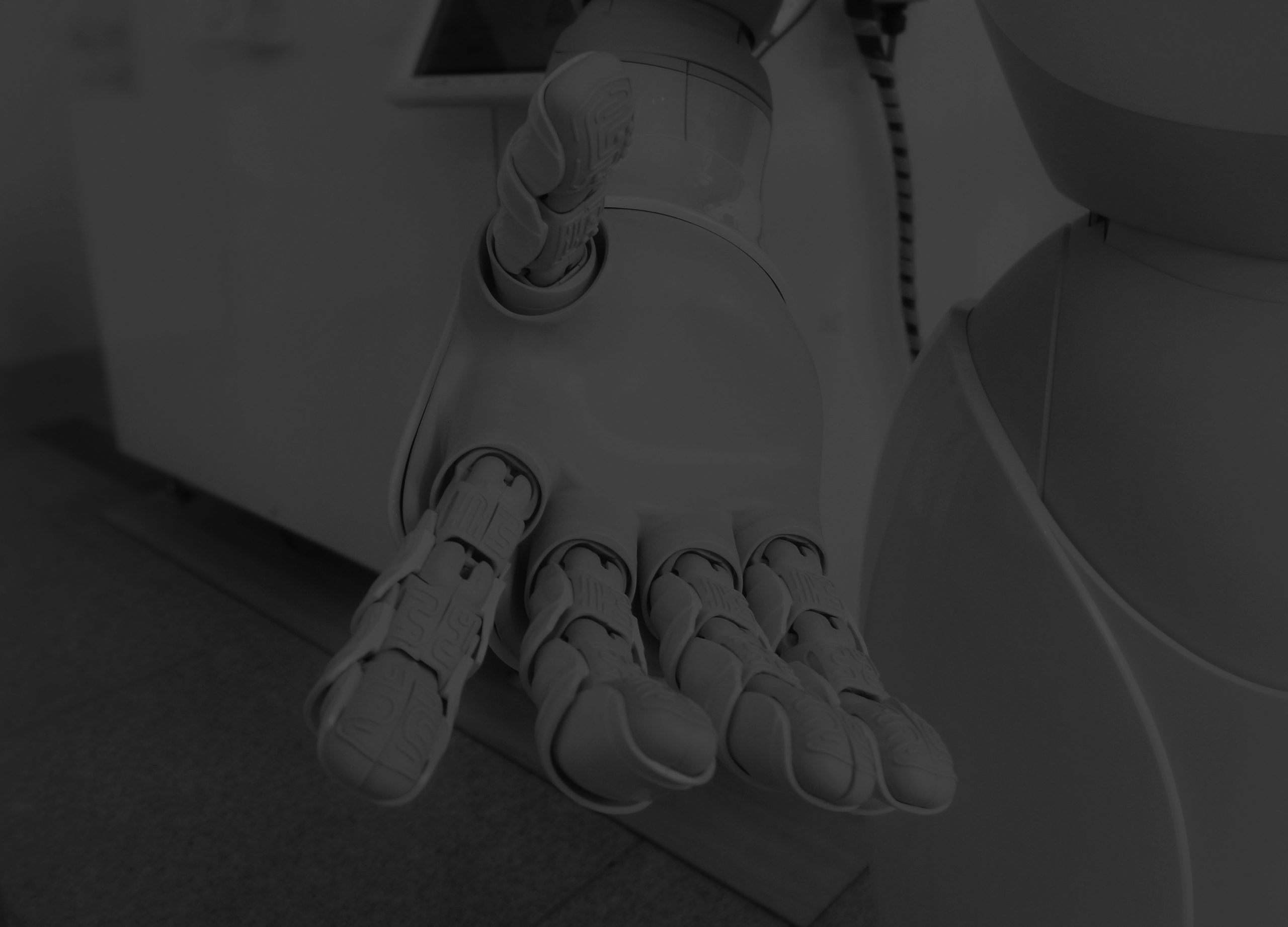H: What pushed your exploration into Public Interest Technology?
BC: So, I am working on robotics technology that aims to solve environmental problems. When you look into the environmental robotics domain, or environmental problems in general, one thing is of course that it aims to help the good of the public. Another perspective of it, is that the technology should be designed in such a way that the different shareholders of this problem can benefit from it. So, it’s not only, for example, the development of one technology to solve a particular environmental problem. If you consider this as a solely technological development perspective, its impact would be quite limited and its implication would be harder to understand. What we are trying to do is see the impact of this technology to the public at large and how we can design it in a way that it’s supposed to impact a broader part of society, but also mitigate its effects.
H: How would you define Public Interest Technology?
BC: I consider it as a framework that we can look into technology development as a whole in an interdisciplinary manner. That we can collaborate with our colleagues in different departments to not only understand our problem in a broader perspective, but also make this understanding of the technology development process done in a more holistic way considering these different shareholders. At the same time, training the new generation of scientists and engineers to be aware of the impact of the technology that they develop as well as knowing the broader context. For something like environmental robotics, for example, it is not a robotics domain that has a lot of funding and support. For example, when you think of robotics, it’s exciting for manufacturing or for medical robotics. These are all technologies that people are excited about. There are many needs,different needs, as well as a lot of financial incentives that push robotics technology to be developed in these areas. When we think of, for example, environmental outcomes, there’s not much money in this. There’s not much short term financial incentive for someone to work on this. If you think of a roboticist who graduated from, let’s say, WPI robotics program, a lot of different companies want to recruit them, and this can be some tech giants like Amazon or Google. They have their own company agendas, but environmental robotics is not like that. There’s not much economic incentive, but there’s a lot of value. That’s why this kind of framework is kind of important for us to communicate the technological importance, but also create mechanisms, also the economic incentive eventually, so the talents of our students can also be valued in this domain that has great public value.
H: How did the project unfold this year in any progress? Or even if anything unexpected happened, including a roadblock.
BC: [At] our beginning point, there is no framework for environmental robotics. There are, of course, environmental related work here and there. All of which are fragmented and not looking into problems from a broader interdisciplinary perspective. What we wanted to do is map out the environmental robotics field, so that we understand the current technology that is available, research projects that are available, as well as efforts in industry in addition to some grant opportunities that are available. That’s what we initially did, so basically we did a very thorough literature search to understand where we are currently at. That was one aspect of this. The other aspect is ‘where can we go from here’? For that, this interdisciplinary aspect is very important. We first need to understand the environmental problems as engineers and then the details and urgency of these problems. Hopefully we can start elaborating on how these technologies can be developed. We identified several different environmental frameworks that are available in literature or current findings from that perspective. For example, if a particular environmental technology is developed in one research lab, what is the impact of this technology in a broader sense. The first [aspect of the project] is mapping. The second one is more future looking. The third one is a more educational aspect. Can we, basically, develop educational programs that can encourage our students to work on these subjects. And actually, our students don’t need to be encouraged to work on these projects. They already want to work on these environmental problems. It is just that we create mechanisms that they can leverage. For example, taking courses in environmental engineering and in robotics, and have a track in environmental robotics. The fourth [aspect] is communication in both the public and governmental institutions. That includes all that we have put on our webpage … to encourage not only scientists to work on this problem more, but also create the means for the public to learn more about environmental robotics. At the same time, also creating connections with the city of Worcester and make them aware of the current robotics technologies available to us and create some short term goals, so that we can create some projects.
BC: In terms of roadblocks, because we are starting from scratch, that is a bit of a challenge. So we are trying to understand what would be the categories to think about these environmental problems and their solutions. It’s more like, how can we find these categories that can allow a robotics engineer to start thinking about solutions to build a perspective. On that front, we put together a book chapter, and we also generated a report that we are hoping to publish in a robotics journal. That was definitely a challenging process for us. Another challenge is sometimes hard to define what is in the scope of environmental robotis, because a work might have some environmental impact even though its main goal may not be environmentally motivated. There are these gray areas that were hard for us to classify and understand if they belong in our scope or understand what kind of approach is comprehensive enough but does not dilute what we are trying to say.
H: Who would you say are the stakeholders of the project in its project and management as well as direct impact?
BC: One good thing is that we start with something and then expand it. For example, we didn’t initially think of developing an environmental robotics track in WPI. We started having more communication with the environmental engineering department. Another thing is that the feedback we were able to get form the WPI community during our meetings, and that was definitely useful. The other thing is we involved some undergraduate and graduate students through this process. Actually, they took the lead creating this website, and of course, they always do. The book chapter we will be publishing will have undergraduate authors, so that will be a really great outcome of this project too. Eventually, more specifically in WPI, once we create this track, I think we will have more awareness with regards to environmental robotics among our students. One thing we will try to do is create this student driven community that can create their own projects and even start thinking about their capstone projects at the end of their fourth year from when they are freshman, very early on. Apart from that, the resources we are creating, like that website for example, I think are very useful for scientists and environmental roboticists. It’s a good starting point, we think, to think about these problems. We are also very much aware that social justice is a part of this process. Every situation is very unique. Like when you are trying to solve a particular environmental problem, on a local level you are affecting that community one way or another. You might end up creating jobs or you might end up displacing jobs. You might end up transforming current jobs. These are very important aspects that should be considered during the technology development process, and that’s actually a part of the book chapter we are writing. We are trying to put this as an integral part of the technology development process. It is also very difficult and unique to each case. What we can do is encourage people to think about these problems, but it is very hard to come up with a universal framework.
H: What are you hoping to achieve as a wider implication as your work?
BC: I think it’s more about the awareness that we are trying to create here. If you can achieve that student driven community, I think that will be very useful. We have a very strong robotics department, and if we can contribute to the soft training of students to work on these projects and make them, or at least a couple of students, not go to the highest paying job in the highest company, but instead driven by their own ideas and motivations in this domain that does not necessarily have a huge amount of funding or resources. That would be great, so that we can have a small poke. Ideally, it would be awesome if we could have a snowball effect.
H: What are you hoping other researchers will take away from your work?
BC: If we encourage an instinct for roboticists to think about problems or use their talents for a certain direction, or if they think a certain way, to encourage them in that transformation. So, that they see the work that they do is not only developing a piece of technology, but it impacts people. That we are developing technology for people. I think if we can encourage that way of thinking, that would be wonderful. If they can get into a mindset that is more, ‘is this technology needed? what can we gain? what will we loose with this technology?’.
If you are a student at WPI and are interested in working with Professor Calli on this project, you can contact him though an email for more information.

